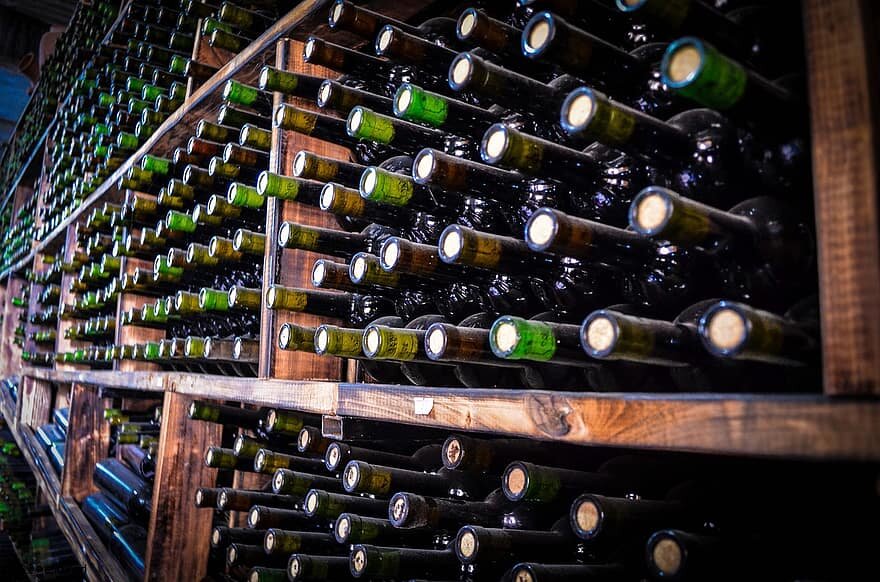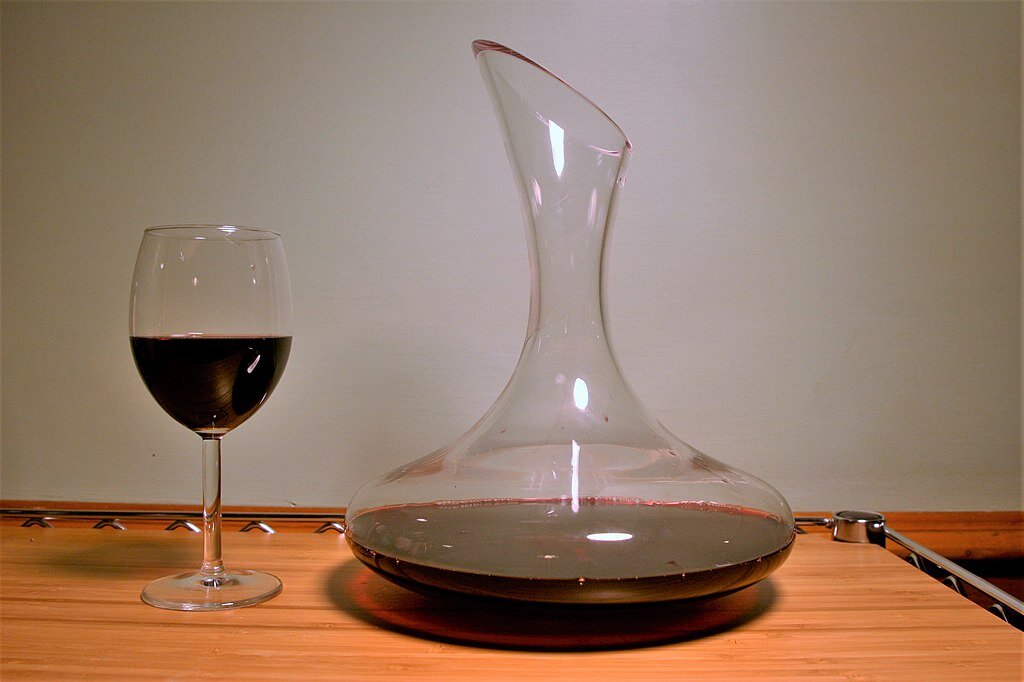
Dear reader,
We are never tired of saying how wine is a constant learning. Every time we get a new article done, we look back and think wow, there’s so much still to explore.
For this latest piece, we’ve decided to try to debunk some myths that still to this day are quite popular with wine drinkers. Decanting true from false is a good way to build even more wisdom, right?
Let’s take a look into some myths that are still imagined as real by many in terms of wine tasting. Are all wines age-worthy? Do screw caps mean bad wines? Is decanting really essential? Are Champagne flutes the best choice?
Every wine is meant to be aged or improves with time
This common sense has been changing for a while, but many still have no idea that actually very few wines that are stored for years improve in terms of quality, becoming more complex and developing new nuances. In estimates, around only 5%. These include the fine and rare wines we offer at Alti Wine Exchange.
Yes, every single wine that is bottled is already good to drink.

What makes a wine good to be cellared and improve in the bottle?, you ask. It’s not an exact science, but a few common traits will help you identify the age-worthiness and cellar potential, aspects that are crucial about fine wines. They include quality traits; chemical aspects (acidity, phenols, sugar); and being under good storing conditions.
Most age-worthy wines, as many are aware, are red. But others, such as Champagne, Sauternes, Riesling, fortified and dessert wines and even some dry whites, are good to be cellared and actually improve with time. When in doubt, check the label, talk to your trusted shop/sommelier or check our contents!
Now: even if you don’t plan on letting a few bottles rest to improve, you can cellar them to maintain their finest traits for some good years – storing them under cool, specific conditions.
Screw caps mean lower quality wines
For far too long, the cork-sealing tradition made people thinking screw capped wines were cheaper, inferior.
This bad reputation was partially true, but modern screw tops are actually quite safer against oxidation than corks – which is even better for wines that you intend to keep for little time to drink.
Cork carries tradition, so it is still the standard to see both the finest and the most popular wines resort to it. But by no means screw caps imply lower quality.
Of course, this also applies if you are planning to have a screw capped age-worthy wine to cellar.
All wines improve when decanted

Ooh, it’s a charm. And yes, decanting is particularly great for young, tannic wines – but its use is something far from universal.
Decanting provides a bigger surface of contact with oxygen, facilitating the “breathing” process that releases crucial aromas for a wine. It also separates unwanted deposits, such as unfiltered crystals and sediments, which bolder reds usually carry in larger amounts.
On the other hand, larger periods of aeration, as in decanting, can make older, complex or more delicate age-worthy wines fade quickly, muting some of its more subtle fruity aromas. This is also that you should think of when looking at lighter red wines, such as Pinot Noir.
Maybe it isn’t the case to decant that lovely Burgundy, just swirl it good. Also: in the case of white wines, which are mostly tannin-free, it is even less necessary. It could even be that the excessive aeration and volatility could numb the fruity aromas in there and misbalance their acidity.
Red wine with meat, white wine with fish
If you know wine well by know, you won’t be surprised to see the multiple nuances in the many different kinds of red and white wines. Same goes for pairings: not everything is about a red complementing fatty meats or a white bringing acidity to a poultry or fish dish.
Who says a nice trout won’t go with a low-tannin red like Pinot Noir or Beaujolais? And what if the main characteristic of your meat dish is a creamy sauce? The kind of meat could even become secondary.

As we’ve showed a while back, red wines often offer more congruent pairings, smoothly amplifying their side foods’ best. Meanwhile, whites, sparklers and rosés have characteristics that tend to be more contrasting with what they’re served with, creating a delicious balance.
The big trick is always to identify the dominant flavours and start thinking of what might be more determinant in matching them. And try to keep track of weight and intensity of the flavours at stake (or steak — got it? Sorry, that was terrible.)
And I mean, there are so many interesting and unexpected pairings out there, like Champagne with jamón ibérico…
Champagne is meant to be enjoyed in flute glasses

Champagne and other sparkling wines are so commonly associated with flute. Oh, the elegant and fancy feeling…
We’re afraid to say you’re not giving your bubbly a top treatment. The flute has a big charm trick with the bubbles coming up, but its narrow rim makes it more difficult to express the complex flavours and aromas.
Truth is, a really fine Champagne develops its spectrum of aromas even better with wider glasses, despite losing a bit of the visual trick with the bubbles. White wine tulips and the classic coupe glasses are great for this.
For more on glassware, check out our article from a while back!
***
Now that you’re good to go with true from false, why not go for fine wines for investment or for the pleasure of your palate?
Until next one!
